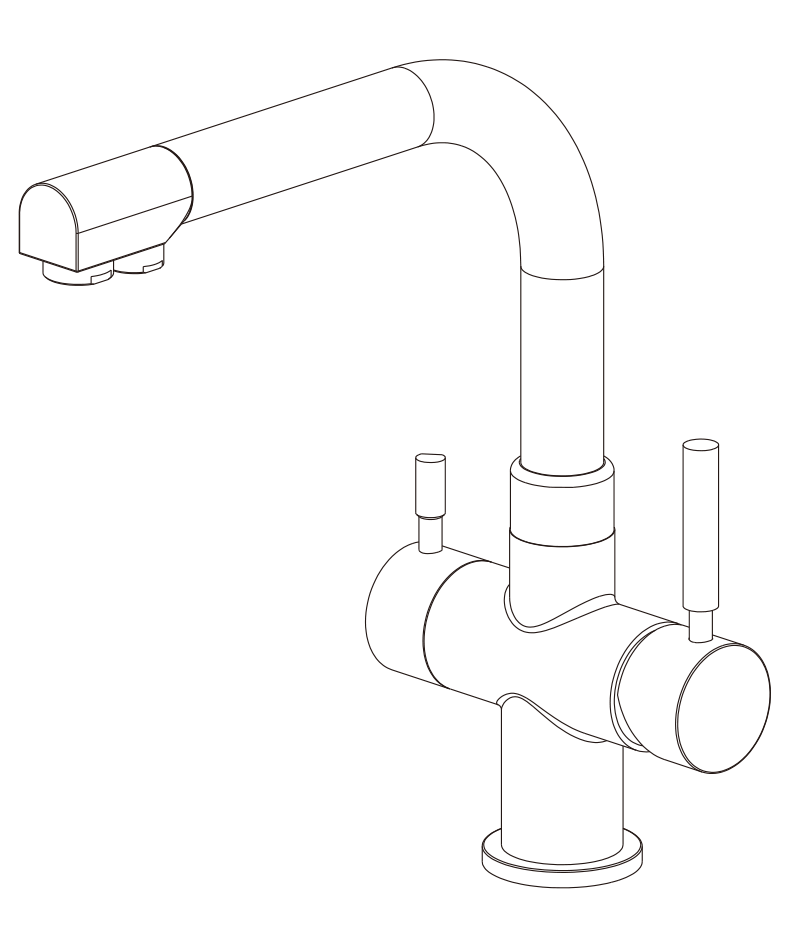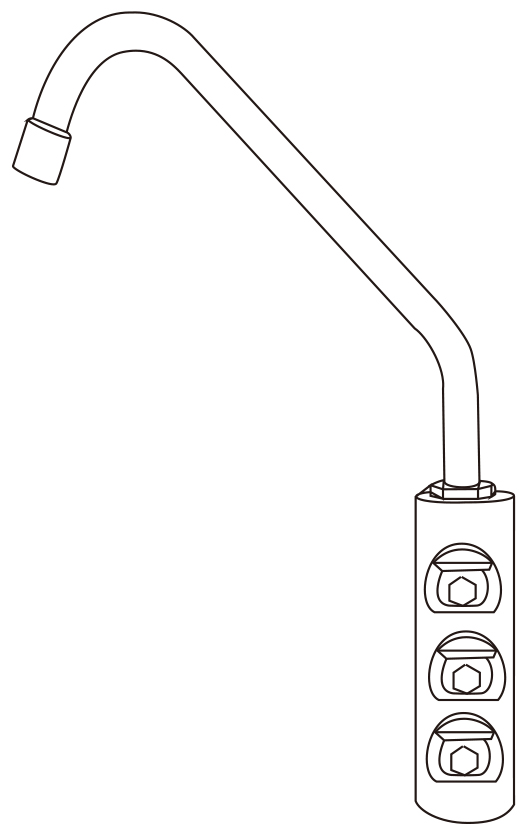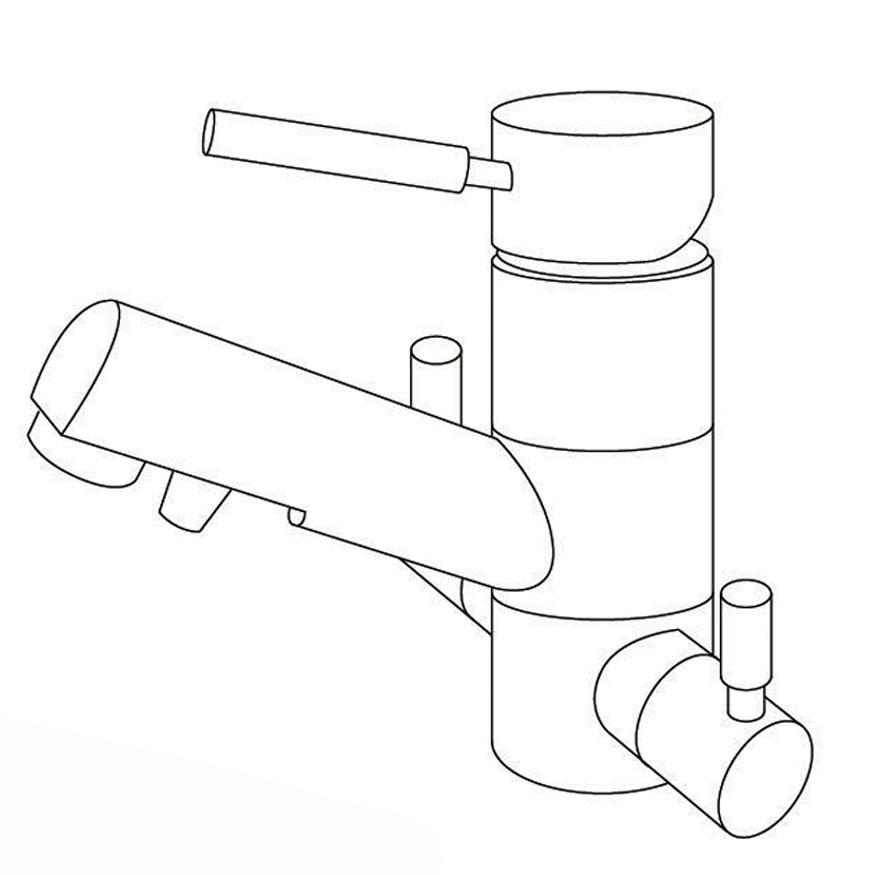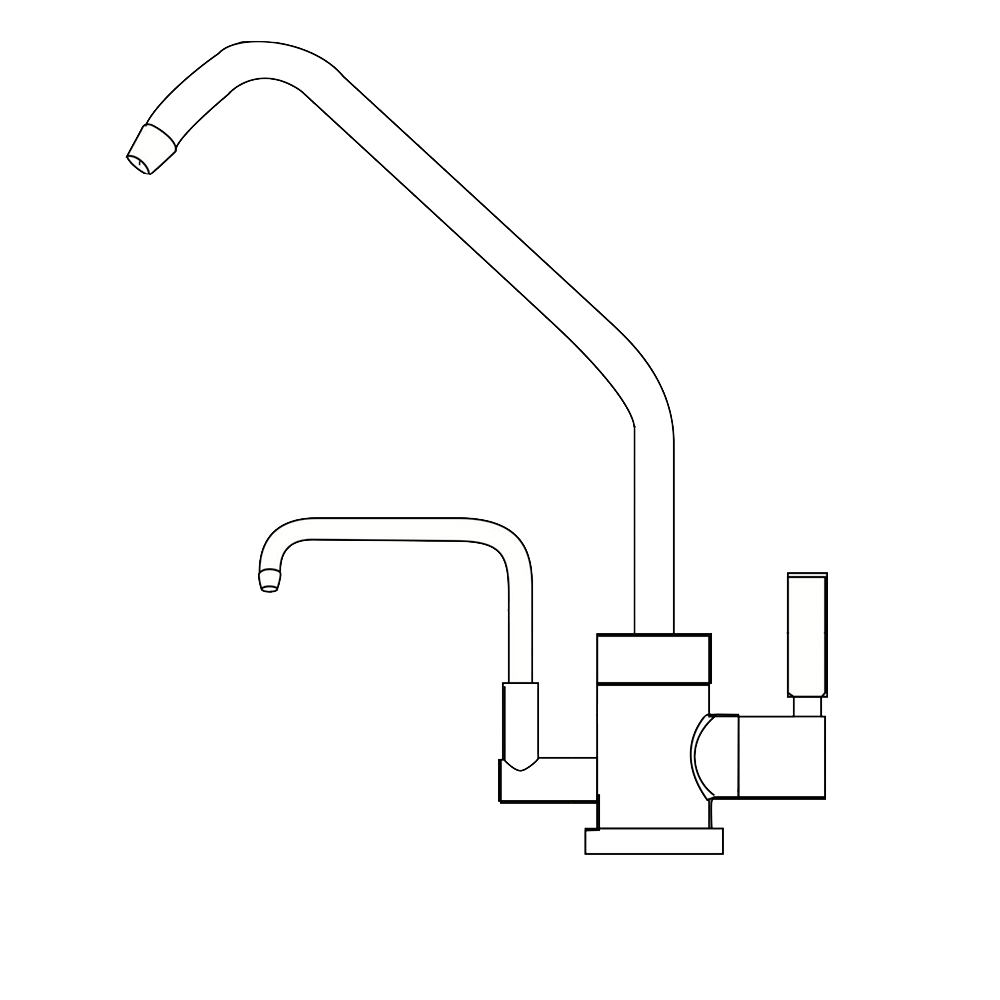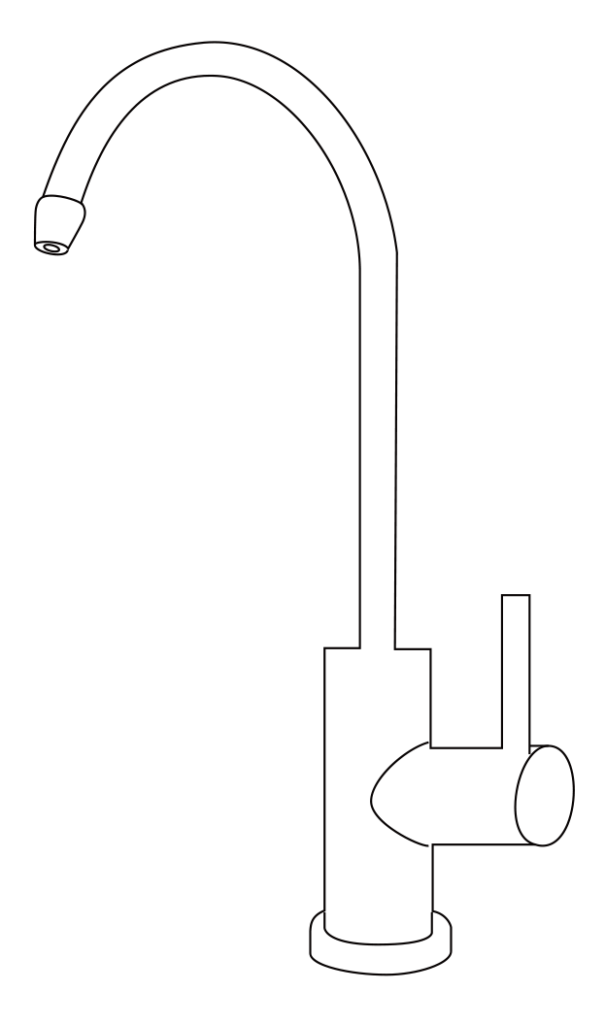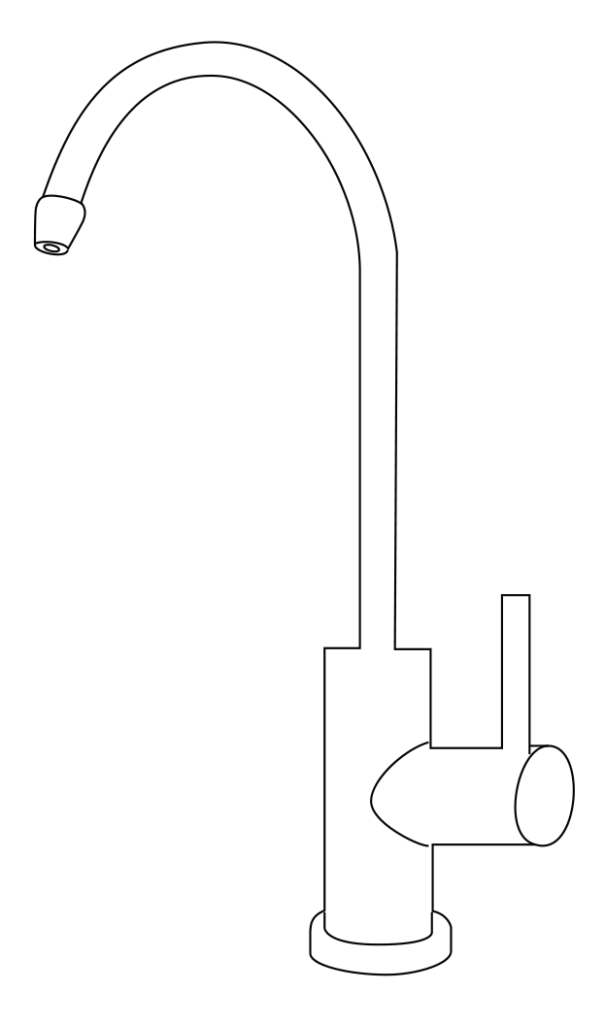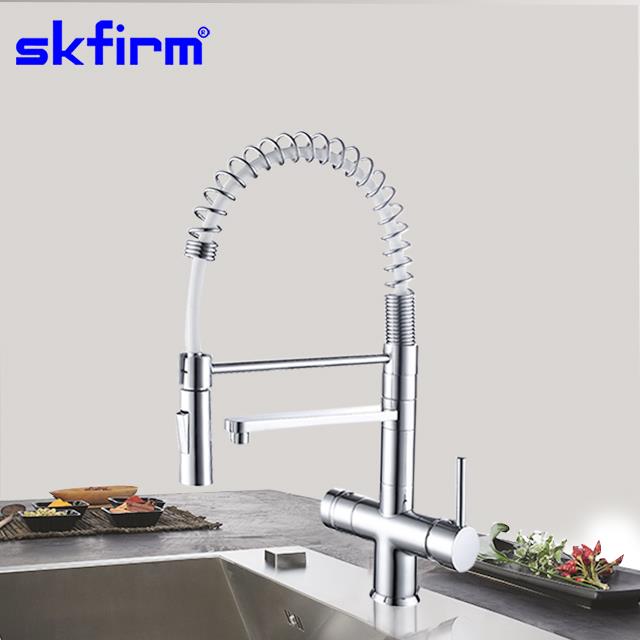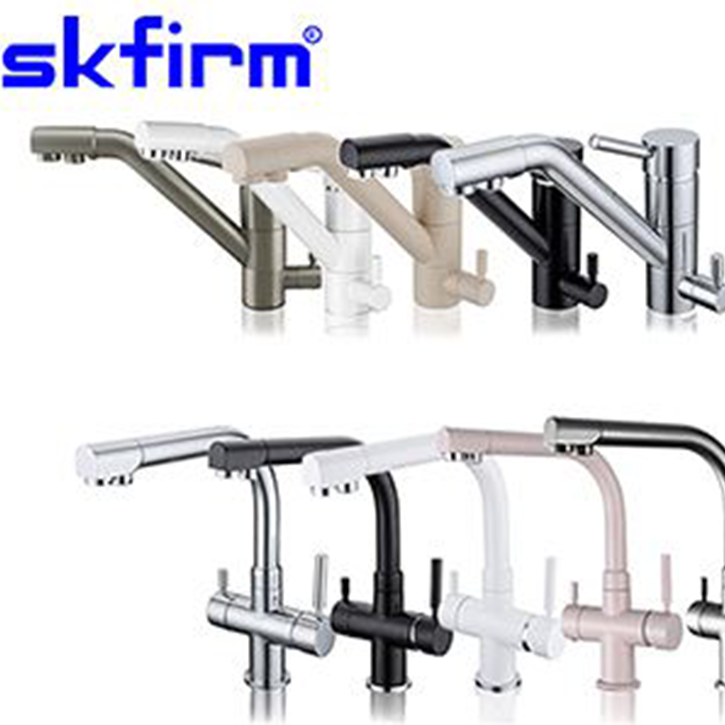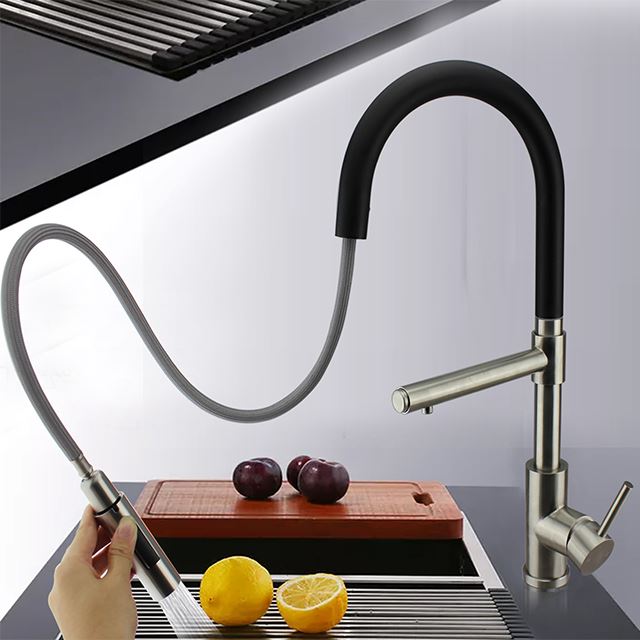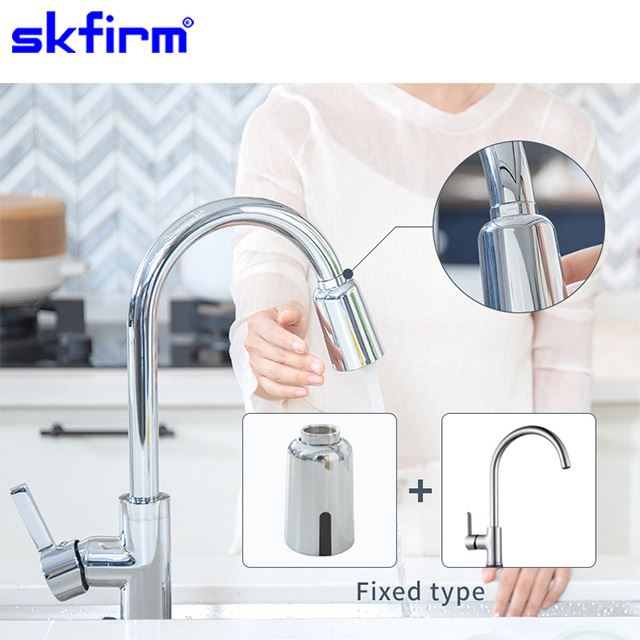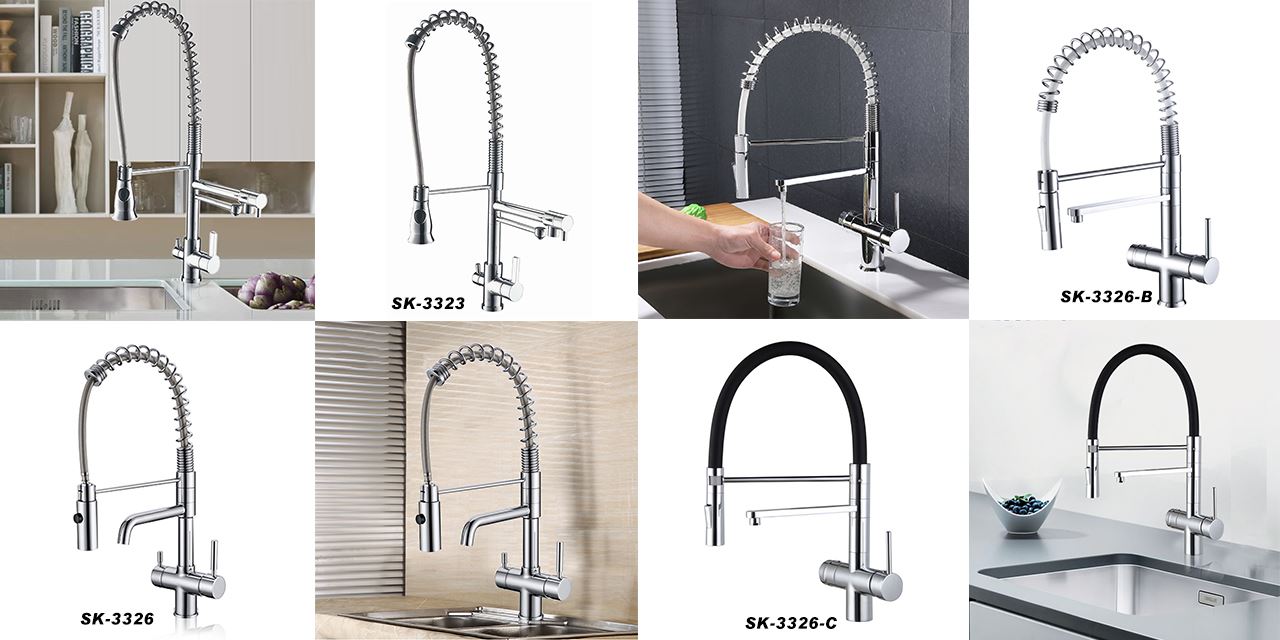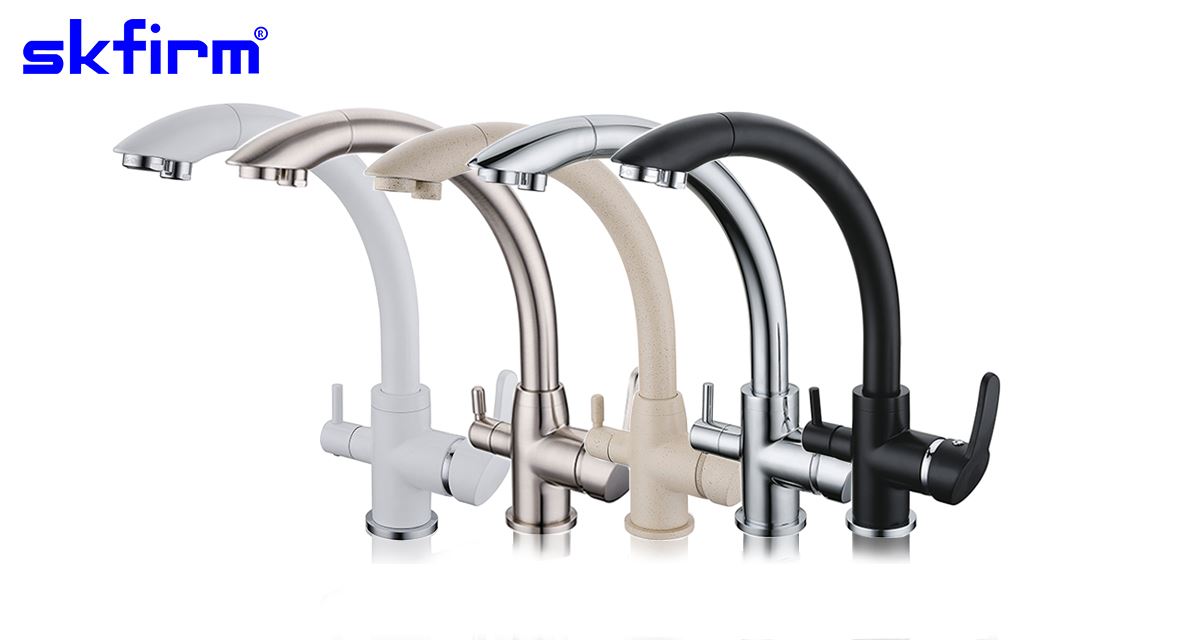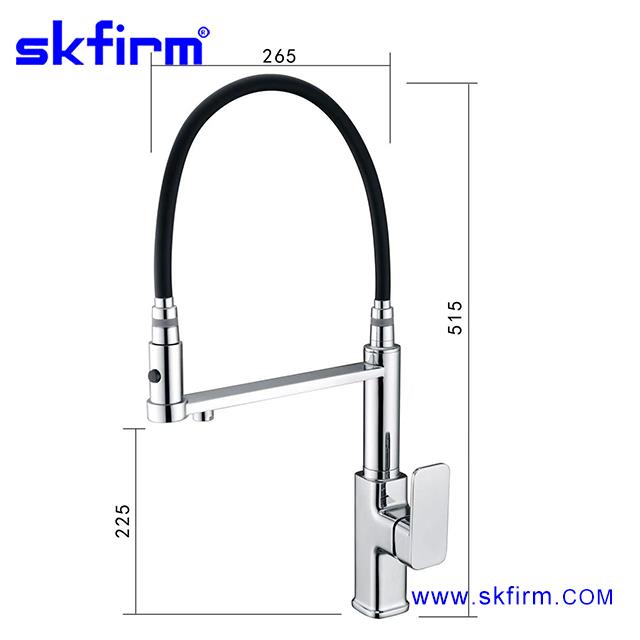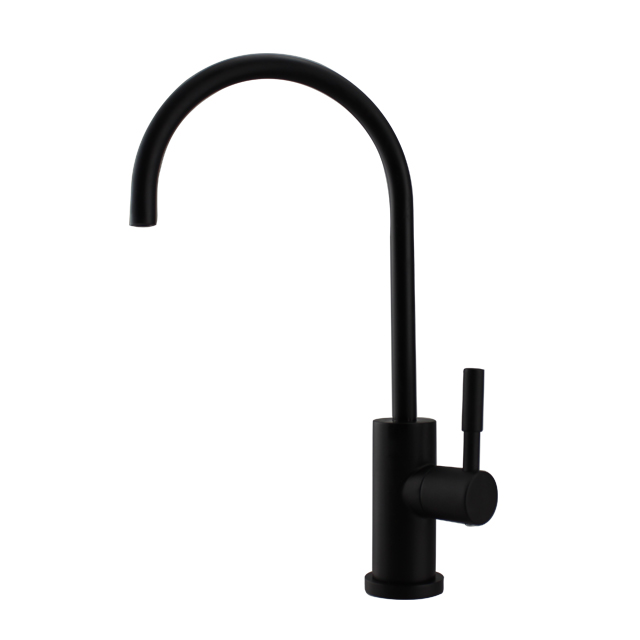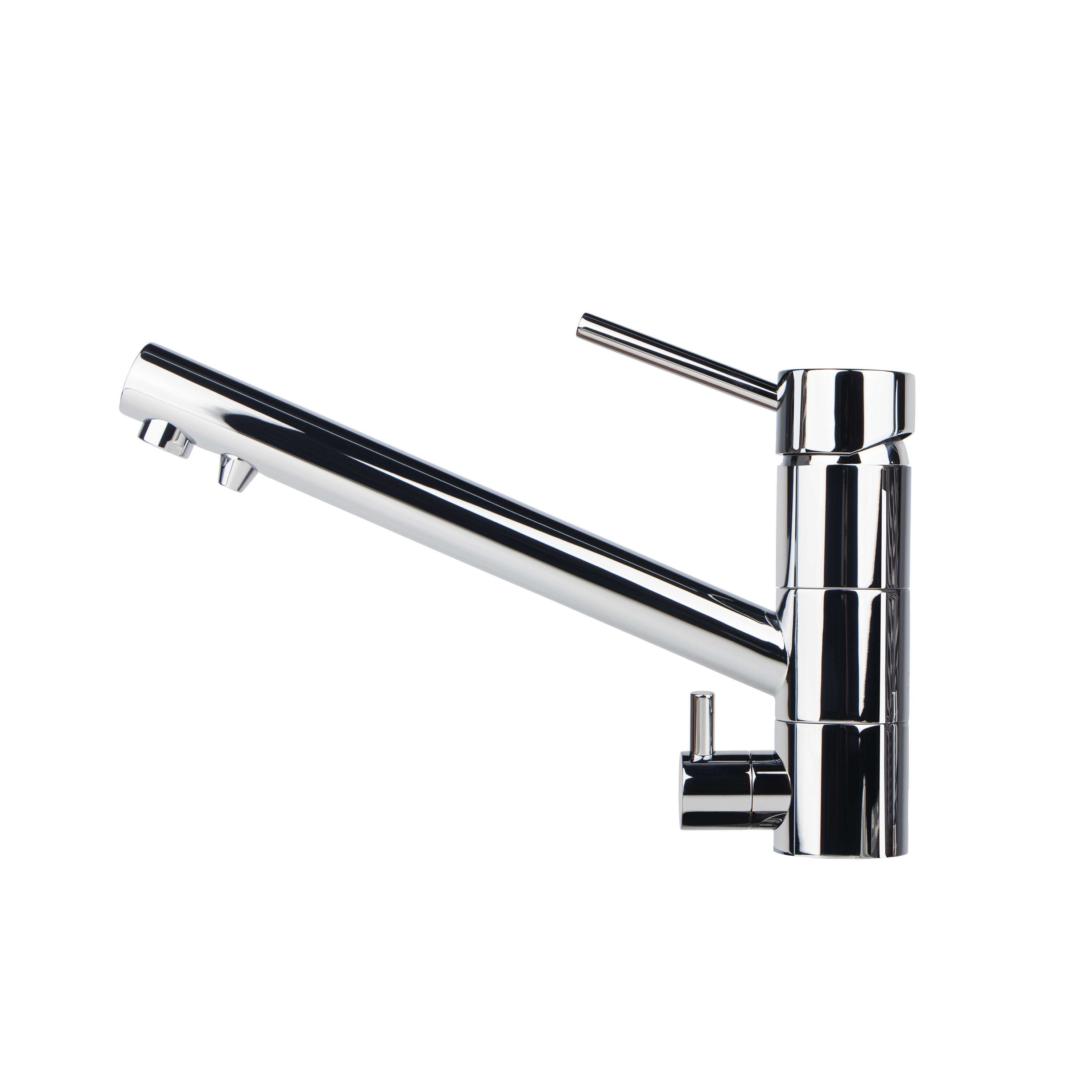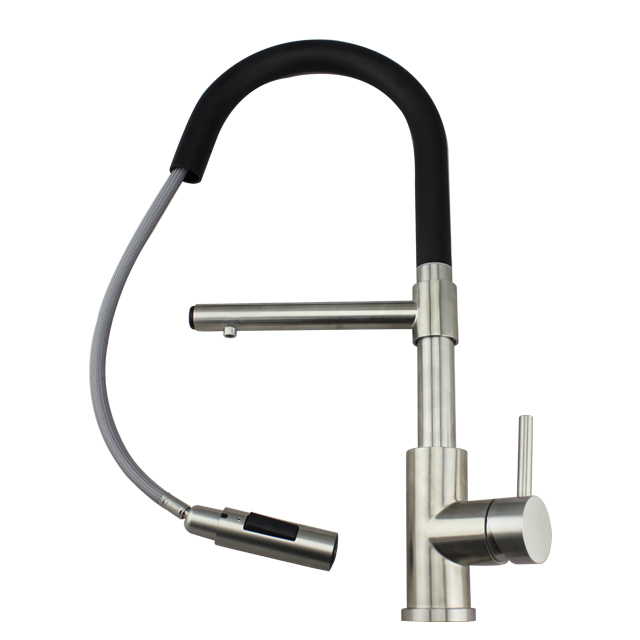Introduction
The three way kitchen faucet is gaining popularity in homes due to its convenience and ease of use. These faucets have three separate water pipes, one for hot water, one for cold water, and one for filtered or purified water. They’re a great addition to your kitchen, but like any other appliance, they require maintenance and cleaning. Failure to maintain and clean your kitchen three-way faucet can lead to clogging, damage and even contamination.
Maintenance skills
Regularly Check for Leaks, Cracks, or Damage Regular inspection of your 3 way kitchen faucet is critical to its longevity. Check the faucet for any leaks, cracks or damage. Make sure no water is dripping from the spout or the bottom of the faucet. If you find any leaks, cracks or damage, fix them immediately before they deteriorate. Ignoring these issues can lead to bigger problems like water damage, mold growth, and costly repairs.
1. Lubrication of moving parts to prevent stiffness or corrosion
Your three way kitchen faucet has several moving parts that need lubrication to prevent stiffness or corrosion. The best way to lubricate these parts is with silicone grease, a non-toxic, water-resistant lubricant that won’t damage rubber or plastic parts. Apply silicone grease to faucet O-rings, gaskets, and seals. This will keep the parts moving smoothly, reducing friction and preventing wear.
2. Replace or clean filters and aerators to ensure proper water flow
Faucet filters and aerators play a vital role in ensuring proper water flow. Over time, these components may become clogged with mineral deposits, dirt or debris. A clog can cause a loss of pressure, which can affect the performance of the faucet. To prevent this, clean or replace filters and aerators regularly. Cleaning them is easy; just take them out of the tap, soak them in vinegar or lemon juice for a few hours, then rinse and reinstall. If cleaning doesn’t fix the problem, it’s time to replace them.
3. Adjust the temperature control as needed to prevent burns
Temperature control is another important aspect of three way kitchen faucet maintenance. Water that is too hot or too cold can damage faucets, pipes, and surrounding fixtures. It can also cause burns, especially in children or the elderly. To prevent this, adjust the temperature control on your faucet. Most kitchen faucets have temperature controls that allow you to set the maximum temperature for hot water. Set it at a safe level, usually between 120°F and 140°F. Avoid setting it too high as this can cause burns.

Cleaning tips
1. Regularly clean exterior surfaces with mild soap and warm water
Regular cleaning of the 3 way kitchen faucet is essential to keep it looking and hygienic. Use mild soap and warm water to clean the outside of the faucet. Avoid using abrasive cleaners or scrubbers as they can scratch the finish and damage the surface. Be gentle when cleaning buttons, handles and around the sprayer. After cleaning, rinse with warm water and dry thoroughly with a soft cloth.
2. Avoid using abrasive cleaners or scrubbers that can scratch the finish
As mentioned earlier, abrasive cleaners or scrubbers can scratch the finish of your kitchen faucet. This damage can lead to rust, corrosion and discoloration. To avoid this, use a non-abrasive cleaner such as dish soap or baking soda. Also, avoid steel wool or scouring pads, as they can scratch the surface.
3. Use vinegar or lime juice to remove mineral deposits from nozzles and sprayers
Mineral deposits can build up in kitchen faucet spouts and sprayers, causing clogs or reduced water flow. To clean these parts, use vinegar or lime juice. Soak the parts in a bowl of vinegar or lime juice for an hour, then scrub gently with a soft brush. Rinse thoroughly with warm water and dry with a soft cloth.
4. Properly clean hoses and connectors to prevent buildup of debris or bacteria
The hoses and connectors of the 3 way kitchen faucet can also accumulate debris or bacteria over time. This buildup can affect water quality and cause health problems. To clean hoses and fittings, remove them from the tap and soak them in a solution of warm water and bleach or vinegar for 30 minutes. Rinse thoroughly with warm water and reinstall.
Special attention items
1. Tips for cleaning and maintaining different types of finishes
Different types of finishes require different cleaning methods. For example, chrome faucets require occasional buffing to maintain their luster, while stainless steel faucets can be cleaned with soap and water. Nickel faucets can be wiped with a soft cloth to prevent water spots. Before cleaning your kitchen faucet, check the manufacturer’s instructions for cleaning and maintaining the finish. Follow these instructions carefully to avoid damaging the finish.
2. Cleaning and disinfection recommendations for families with young children or immunocompromised persons
If you have young children or those who are immunocompromised, regular cleaning and sanitizing of kitchen faucets is essential. Sanitize faucets with a solution of warm water and bleach or hydrogen peroxide. Spray the solution on the tap, let it sit for a few minutes, then rinse thoroughly with warm water. Be sure to dry the faucet thoroughly to prevent moisture buildup.
3. Professional cleaning or repair service advice when needed
If your kitchen faucet needs professional cleaning or repair, call a plumber or professional service provider right away. Attempting to fix the problem yourself could result in further damage or injury. Professional plumbers have the tools and expertise to diagnose and fix any problems with your faucets quickly and efficiently.
In conclusion
Caring for your three way kitchen faucet is critical to its longevity and performance. Regular inspections, lubricating moving parts, replacing or cleaning filters and aerators, adjusting temperature controls, and daily cleaning are all necessary steps to keep your faucet looking and functioning. Avoid using abrasive cleaners or scrubbers that can scratch the finish, and follow the manufacturer’s instructions for cleaning and maintaining the finish. If you have young children or people who are immunocompromised, regularly sanitize faucets with a solution of warm water and bleach or hydrogen peroxide.
Related Products

